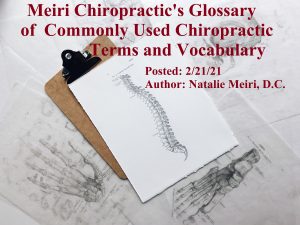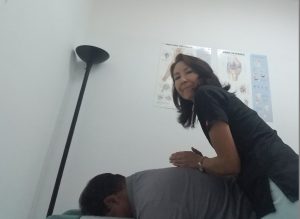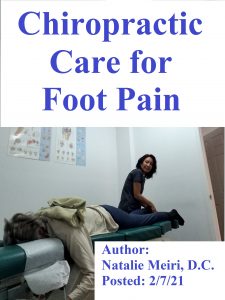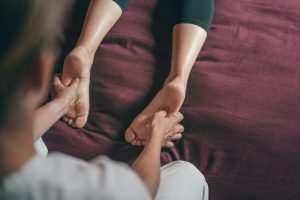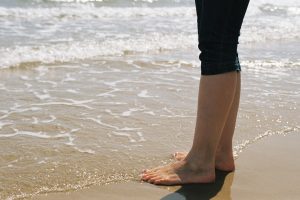
Chiropractic provides natural care during and after pregnancy. Many people ask, “is chiropractic safe during pregnancy?” The answer is, “it is absolutely safe during pregnancy.” There are no known contraindications to chiropractic care throughout pregnancy. All chiropractors are trained to work with women who are pregnant or trying to conceive. Chiropractic care during pregnancy can provide benefits including: a healthier pregnancy, controlling nausea, possibly reducing the time of labor and delivery. The nervous system is the master communication system to all the body systems including the reproductive system. Keeping the spine aligned helps the entire body work more effectively.
Your chiropractor can monitor, counsel, and treat musculoskeletal issues associated with pregnancy to help you stay active. 85% of exercising women will have a normal spontaneous non-invasive birth/delivery. In comparison, only 50% to 55% of those women not exercising had a non invasive delivery and had interventions such as c-sections instead. Also, regular exercise appears to decrease musculoskeletal complaints. Even as little as 45 minutes of physical activity per week has an effect of decreasing lumbar (low back) pain in pregnancy.

Pregnancy Related Changes and Problems
There are several physiological and endocrinological changes that occur in preparation for creating the environment for the developing baby. For instance, relaxin is a hormone produced by the ovary and the placenta with important effects in the female reproductive system and during pregnancy. In preparation for childbirth, it relaxes the ligaments in the pelvis and softens and widens the cervix. However, it also affects other ligaments in the body.
The following pregnancy changes can result in a misaligned spine or joints:
- Protruding abdomen and increased back curve
- Pelvic changes
- Postural adaptations
The weight of the baby and breasts may contribute to strain on the cervical (neck) and thoracic (midback) spine. Knee pain can develop due to the pressure of increased weight, “looser” joints (due to relaxin), and a “waddling” gait.
Shifting in the normal weight bearing function of your calcaneus (heel bone) to the metatarsals (tubular bones in the forefoot) can cause foot pain.
Additionally, hip pain is common due to the same reasons of increased weight coupled with the effect of relaxin on the ligamentous support of the hip.

Chiropractic Care During and After Pregnancy
Firstly, there is literature support for the role of chiropractic treatment of the pregnant patient with low back pain. Secondly, chiropractic adjustments for your knees and hips are a natural, drug free solution as well. Thirdly, chiropractic adjustments of the joints of the foot and ankle are helpful for foot pain and to help decrease any swelling. Finally, your chiropractor can provide relief with stimulation of sacral and low-back reflex points via acupressure.
Chiropractic provides natural care during and after pregnancy. If you are seeking options that support your body’s natural abilities to function and heal, contact your West Palm Beach chiropractor today at 561-253-8984.
References:
1) Sternfeld B, QuesenbelY CP, Eskenazi B, Newman L
Exercise during pregnancy and pregnancy outcome. lUcd
Sci Sports Exerc. 1995;27:634-640.
2) Horns PN, Ratcliffe LP, Leggett.IC, Swanson MS. Pregnancy
outcomes among active and sedentary primiparous women.
] ObJ’tet Gynecol Neonatal NuTS. 1996; 25 :49-5 4.
3) Dialow DRP, GadsbyTA., Gadsby JB, et 31. Back pain during
pregnancy and labor. J Ivlanipulative PbJIiol Tber.
1991 ;14:116-118.
Meiri Chiropractic
5601 Corporate Way, Ste 102
West Palm Beach, FL 33407
561-253-8984
